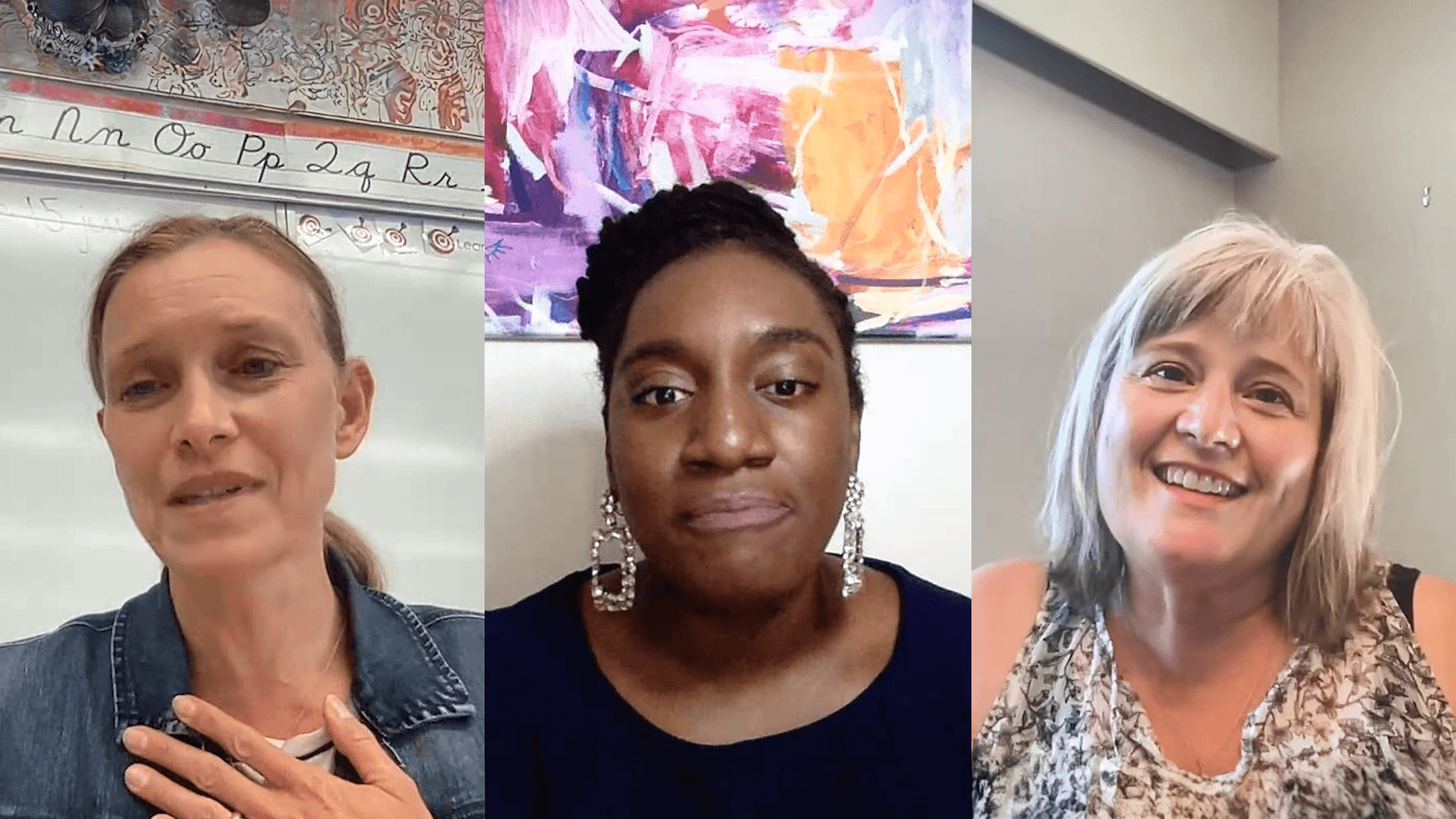A Decision-Making Process

Some decisions, such as whether to order chicken or fish while you’re out to dinner, do not require much consideration because the outcomes are relatively inconsequential. But we can benefit greatly from using a decision-making process when it comes to choices that require more attention or carry more significance in our lives. From decisions affecting our health and families or our careers and society as a whole, using a decision-making process can help us think through all aspects of a decision and increase our sense of agency.
Structuring Decisions is one of the four K-12 Learning Domains of Decision Education. It explores the various elements that go into a decision-making process. In this video, learn more about the eight steps of a structured decision-making process, and see how it can help you navigate decisions in your own life.
